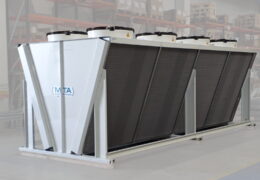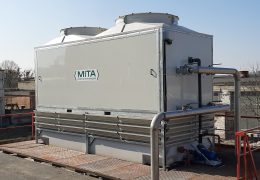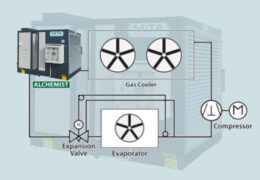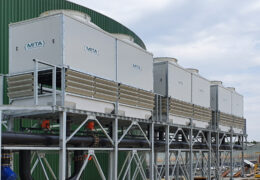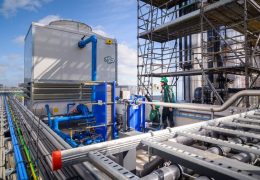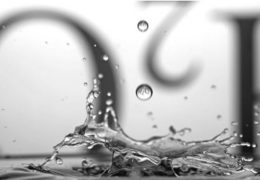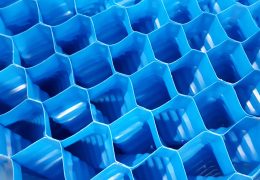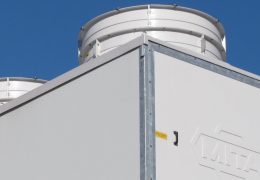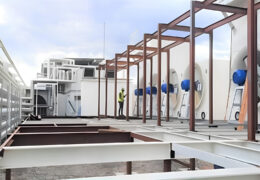
Data Center Heat Rejection: Mastering the Secondary Loop
The datacenter, the material hub of our digital age, is like a brain continuously at work: it processes billions of pieces of information every second and every click, every streaming video, every online transaction depends on this infrastructure. Behind it all lies a crucial challenge: Billions of calculations are performed every second, generating a huge and uninterrupted amount of heat. That's why efficient cooling of data centers is important.
